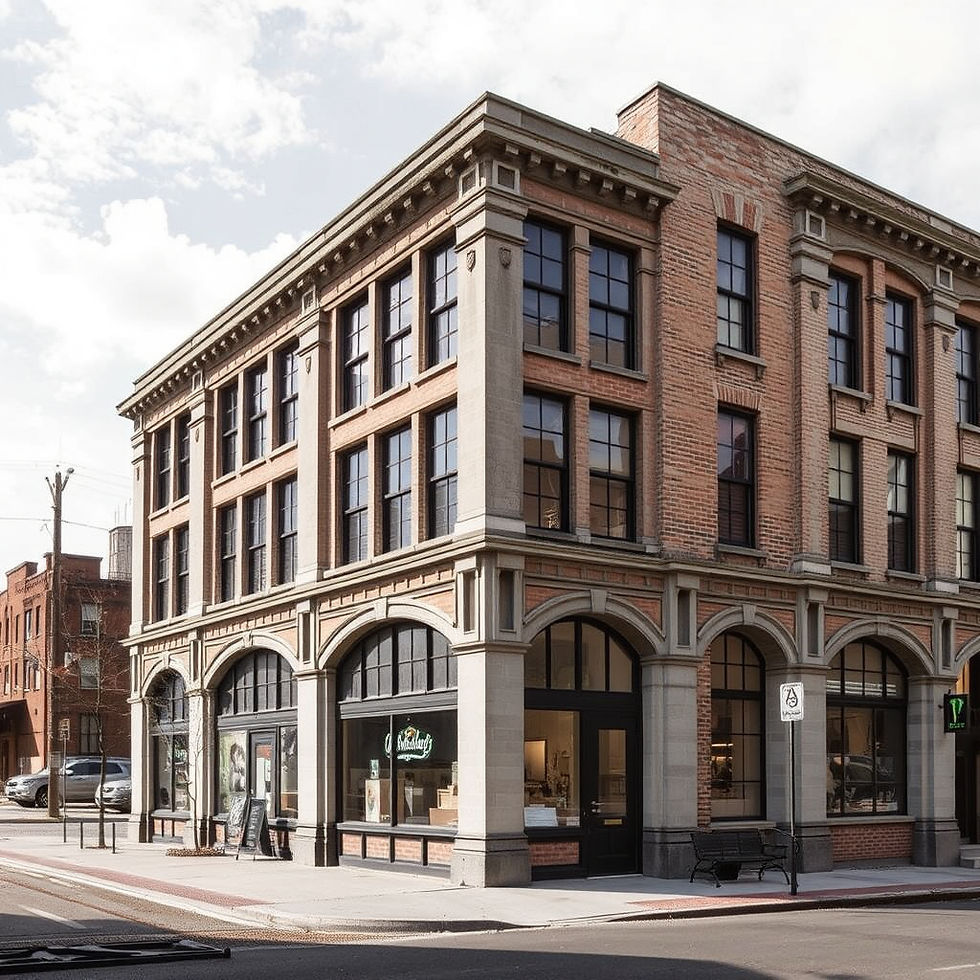Client Collaboration in Architecture and Design Projects
- Phase Zero
- Aug 21, 2024
- 3 min read
Updated: Oct 5

Effective client collaboration is the cornerstone of successful architecture and design projects. It ensures that the final outcome aligns with the client’s vision and needs while fostering a positive working relationship. Here are key strategies for achieving successful client collaboration:
1. Detailed Consultations: The initial consultation is crucial for understanding the client’s vision, needs, and preferences. This involves discussing their goals, budget, timeline, and any specific requirements. Asking the right questions and actively listening helps in gathering comprehensive information that will guide the design process.
2. Clear Communication: Maintaining clear and open communication throughout the project is essential. Regular updates, progress reports, and meetings keep the client informed and involved. Using visual aids, such as sketches, mood boards, and 3D models, can help clients visualize ideas and provide feedback.
3. Setting Realistic Expectations: Setting realistic expectations from the beginning helps prevent misunderstandings and disappointment. This includes discussing potential challenges, limitations, and timelines. Being transparent about what is achievable within the given constraints builds trust and sets the stage for a smooth project.
4. Collaborative Decision-Making: Involving clients in the decision-making process ensures that their preferences and ideas are incorporated into the design. This collaborative approach can include choosing materials, colors, and finishes together, as well as reviewing design iterations. Encouraging client feedback at each stage helps in refining the design to better meet their expectations.
5. Flexibility and Adaptability: Flexibility is key to accommodating changes and addressing unforeseen issues that may arise during the project. Being open to client input and willing to make adjustments ensures that the design remains aligned with their vision. This adaptability also demonstrates a commitment to meeting the client’s needs.
6. Building Trust: Trust is built through consistent communication, transparency, and delivering on promises. Providing clients with detailed project plans, timelines, and cost estimates helps in building confidence. Addressing concerns promptly and professionally further strengthens the client-designer relationship.
7. Visualizing Ideas: Using advanced visualization tools, such as virtual reality (VR) and augmented reality (AR), can enhance client collaboration. These technologies allow clients to experience the design in a more immersive and realistic way, making it easier to understand spatial relationships and make informed decisions.
8. Providing Expertise and Guidance: While it’s important to consider the client’s preferences, providing expert advice and guidance is equally crucial. Clients may not be aware of all the options or potential issues, so offering professional insights helps in making informed choices. Balancing client input with expert recommendations leads to better design outcomes.
9. Documenting Decisions: Keeping detailed records of decisions made during the project helps in maintaining clarity and accountability. This includes documenting client preferences, agreed-upon changes, and any modifications to the original plan. Clear documentation ensures that everyone is on the same page and reduces the risk of misunderstandings.
10. Post-Project Follow-Up: Following up with clients after the project’s completion demonstrates a commitment to their satisfaction. This can include addressing any final adjustments, providing maintenance advice, and seeking feedback on their experience. Post-project follow-up helps in building long-term relationships and encourages repeat business or referrals.
In conclusion, client collaboration is essential for successful architecture and design projects. By maintaining clear communication, involving clients in decision-making, and being flexible and transparent, designers can create spaces that truly reflect the client’s vision and needs. Building strong, trusting relationships with clients not only leads to successful projects but also fosters long-term partnerships and a positive reputation in the industry.
These articles should provide a comprehensive overview of various topics in architecture and design, offering valuable insights to your blog readers. If you have any specific details or additional requirements for any of the articles, please let me know!
If you're looking for ways to make your home more sustainable, feel free to reach out to our team of experts. PhaseZero can help you enhance your home's functionality while maintaining the beauty and comfort of your living environment.



